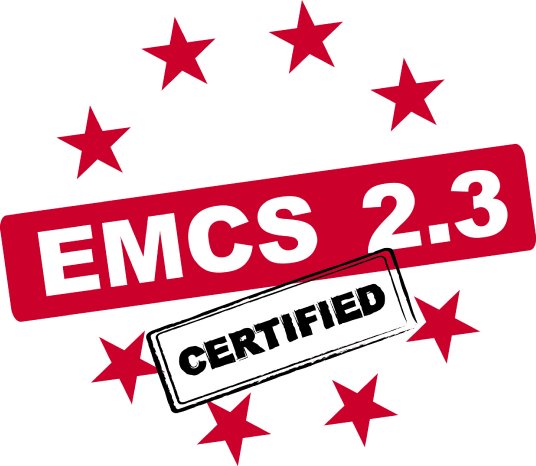The electronic EMCS (Excise Movement and Control System) is used whenever goods are transported within the EU without applying excise duty. Registration and processing must be carried out via EMCS 2.3 starting in November this year. Implico’s OpenTAS terminal management system has now been certified for use with the new EMCS release after the downstream experts at Implico successfully adapted the software to meet the latest requirements.
Certification process completed successfully
In recent weeks, customs had sent Implico test cases with various scenarios, which OpenTAS had to process to obtain certification. The company has now successfully completed this certification process. This means that the Implico Group's logistics solution will continue to help tank terminals and refineries automate their shipping processes with a fully integrated customs clearance tool.
Migration process launched in refineries and tank terminals
The early certification enables Implico to migrate all customer systems to EMCS 2.3 in due time before 25 November. Implico will therefore immediately start adapting the software in all refineries and tank terminals that want to continue using fully integrating customs clearance to ensure that these are well prepared when the predecessor version can no longer be used.
Benefits of fully automated customs clearance
OpenTAS is one of the few solutions capable of handling electronic customs clearance in a completely automated way. At the entrance to the tank terminal, the system transmits the anticipated shipping information to customs. The driver cannot fill the tank truck at the loading bay until customs has approved the shipment in principle. This prevents tank trucks from having to be emptied again in case of unauthorized transports. When the driver leaves the terminal, OpenTAS informs customs of the exact quantity loaded. In a second step, all transport documents are automatically printed for the driver. The complete integration of EMCS procedures within OpenTAS considerably reduces loading times at the terminal and ensures trouble-free loading. It also minimizes traffic on the plant and saves employees a great deal of work.


